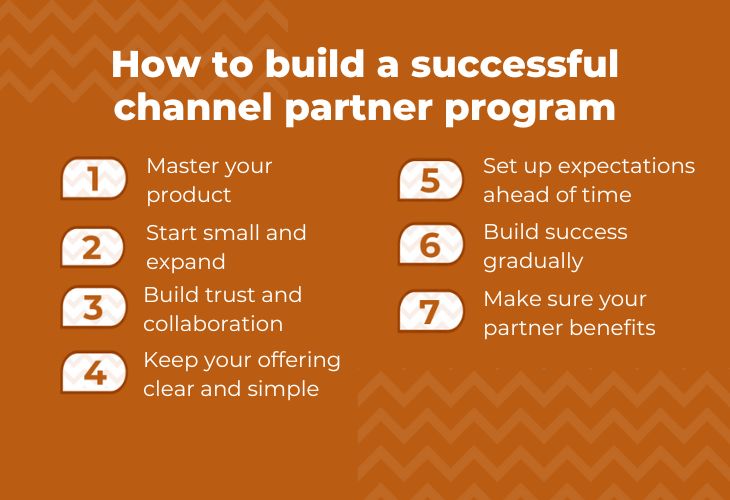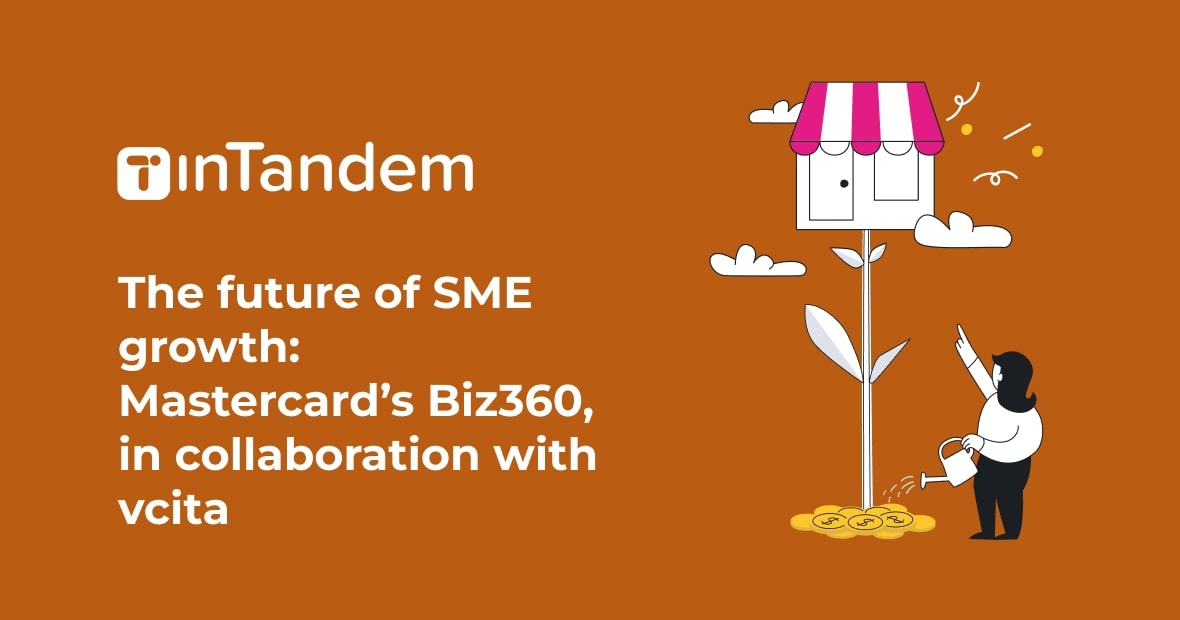So, you’re a tech company that’s been dipping their toes into networking relationships that are beginning to form into partnerships. Congrats!
Partnerships are a great way for your business to increase brand awareness, market reach, and revenue streams while reducing churn and meeting your SMBs’ needs on levels you couldn’t on your own.
Channel partnerships, where two companies collaborate to leverage knowledge, technology, products, services, and more in order to achieve a shared goal, are a great partnership model to implement..
Channel partners can take various forms, depending on the business model and the target market:
- Value-Added Resellers (VARs):These partners add their own features or services to your product and resell it as a bundled solution.
- Distributors:Purchase your products and sell them. They handle logistics, inventory management, and can help with scaling your distribution network.
- System Integrators:These partners integrate your product into other systems. They provide comprehensive solutions that include your product.
- Independent Software Vendors (ISVs):ISVs develop software applications that integrate with or complement your product. They add value by enhancing the functionality and usability of your product through software solutions.
After experiencing some successful partnerships, it’s time to build a program to promote the model and add more partners.
But where do you begin?
This article is a good starting point. In this article, I will go through six top tips for building a channel partner program for your business.
Why are channel partner programs so important?
Channel partner programs are important because they increase revenue streams and help your tech solution stay relevant and innovative. According to McKinsey, nine of the ten most valuable companies in the world implement a channel partner program. Further, channel partner programs are expected to generate $80 trillion in annual revenue by 2030, playing a pivotal role in the economy and in the success of global companies.
If that’s not proof enough, statistics show that companies with a strong channel partner program own a higher market share and experience higher revenue growth than those with a primary focus on a direct sales approach.
Especially if you’re looking to serve the small business sector, which spans across such a far and wide spectrum of verticals and geographic locations, you need a channel partner that can help you expand your reach and increase your market share.
In addition, the SMB market is quite volatile, with needs that are ever-changing. To remain relevant, you need to stay on your toes and keep innovating. By partnering with organizations that serve small businesses, you can receive more feedback and fine tune your solution to better meet SMBs’ needs. All this with little risk to your organization.
How to build a channel partner program

I’ve been in partnerships for over 20 years, building channel partner programs for various tech companies, most recently vcita’s inTandem program, which won Channel Program of the Year by Beka Business Media. Here are my top six tips on how to build a channel partner program.
Master your product
The first item of business to establish a winning channel partner program is to know your product, your market, and how to bring it to market. It may seem obvious but I’ve attended more than one meeting where this was not the case.
Start by being an expert. Build the skills, experience and knowledge on who your ideal partner is and how to market, sell and support your product. Develop an understanding of how your product works and the value it provides to your partners. Once you have the foundations, you are ready to plan your marketing and sales processes and sign partner agreements in no time.
Start small and expand
Once you’ve outlined your partner program and how it will look, test out the waters with a few of your partners first before rolling it out to 100% of them. Get their feedback and fine tune the program, see how they react to your offering.
Then, once you have a few program ambassadors, use them as influencers to build up the rest of the program. Create success stories and case studies of their use cases, and use their successes as models for other partners.
Build trust and collaboration
I always say “partnerships are built on trust and people, more than they are on products and services”, so do your best to build trust from the very beginning of the relationship. Leverage your partners’ expertise and don’t let ego get in the way.
Your partner will have more experience than you in their market, understanding their customers, and their business operations, and sometimes, they just know what’s best. Listen to their feedback and adjust accordingly, your solution and partnership will be more successful for it.
You might think that being highly flexible in your offerings is the right way to go, however, I find that having too many options causes the partner to get lost and even begin to feel uncertain about their choice.
Keep your offering clear and simple
Make sure that you know what you’re offering to your partner and can advise them on how to sell it, market it, price it, go-to-market, best practices, the support you provide, etc. Remember, you’re not a vendor, you’re a partner, which means you’re in it for the long-run – set up the channel partner program to make your partner feel supported and well taken care of.
Set up expectations ahead of time
Before jumping into a partnership, make sure you iron out all the details. Start by aligning on the go-to-market strategy. Answer questions like: how will reporting work? What will the commission structure look like? What KPIs will you be tracking? How will you price the solution? Etc.
Setting up expectations ahead of time ensures your channel partner program starts off on the right track and is set up for success. Since both parties know what is expected of them, and there is a clear understanding of how to measure the achievements of the partnership, disputes over responsibilities, accountability, and promises are minimized.
Build success gradually
Don’t jump the gun, it might scare your partner. What I mean by this is use your channel partner program to build the solution with them. Understand that your partner is taking on risk as well, so be there for them with all support needed and make sure they are able to bring the offering to market.
On the other hand, if you’re too vague with your offering, it will be difficult for them to take the solution to market. You want to find your sweet spot between providing something that is concrete enough your partners can get behind, but not too finalized to where they can help shape it to meet their business needs.
Make sure your partner benefits (sometimes even more than you will)
If you plan to put all the risk on your partner, they will not continue in the partnership, and why should they? If they don’t stand to gain anything from the partnership, they will not see the value and opt out. Outline the value your channel partner program brings to the partner and deliver on your promises, and you’ll see to it that you have a strong channel partner program with pleased partners.
In addition, you need to remember that value comes in all shapes and sizes. Sometimes, especially when you’re just starting out on your channel partner program journey, the value you’ll get from your partner won’t be monetary, it will be leveraging their expertise for example. And that’s fine. That’s how you learn, refine, and grow your partner program.
Build a channel partner program that grows your business
In my experience building and maintaining successful partnerships and channel partner programs, I’ve found that many tech companies start out thinking they know what’s best and spend a lot of time learning from their mistakes.
What I’m saying in this article is use the resources you have: your partners, and work with them to learn along the way. Come with a plan and a clear and defined value proposition, but listen to your partners and build the solution with them. By leveraging your partners’ experience and know-how, starting small and building slowly, you can ensure you are building a channel partner program that will expand your market reach, increase your revenue, differentiate your offering, and ultimately, grow your business.



























